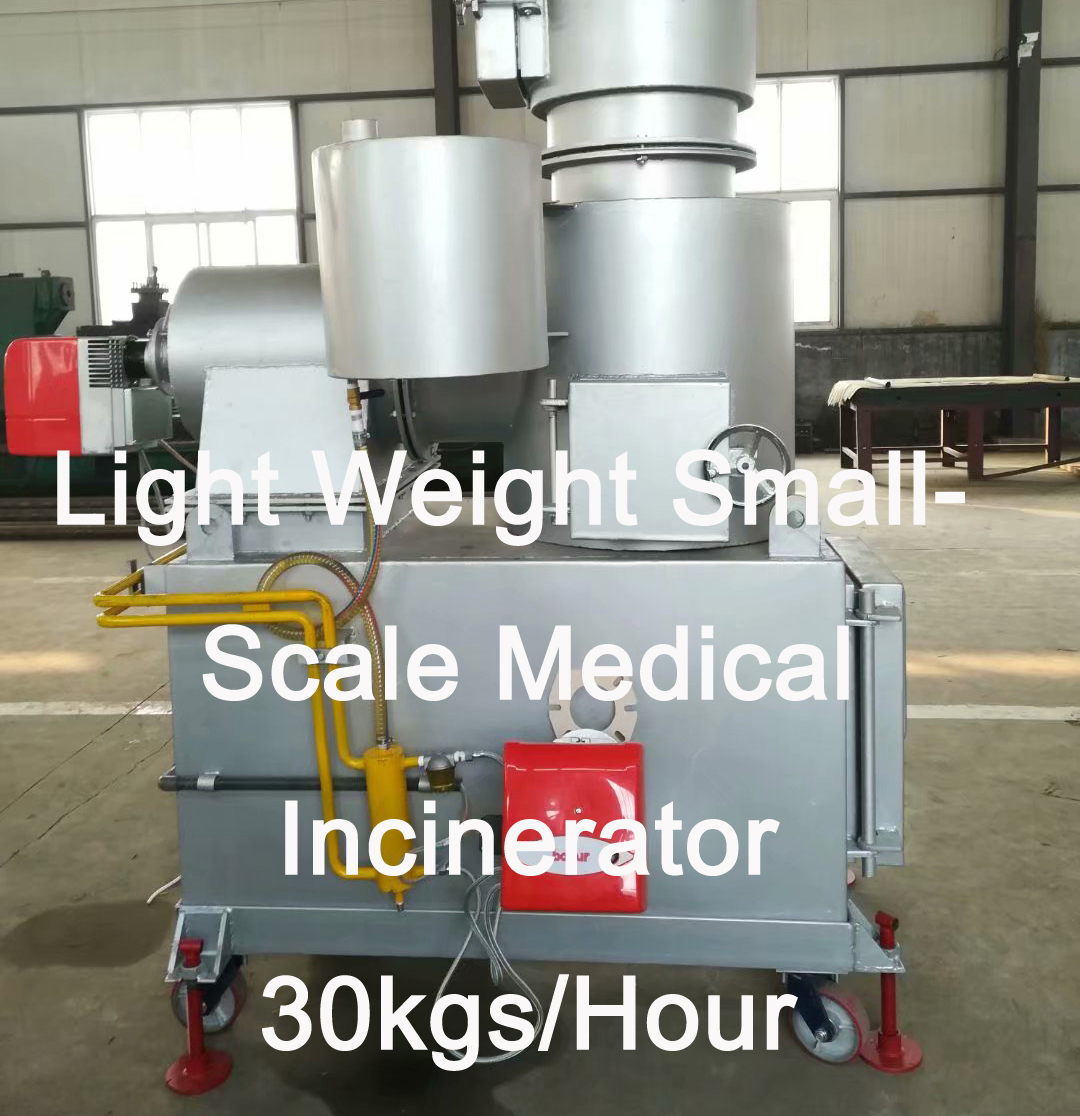Plastic incineration refers to the process of burning plastic waste to generate energy or reduce the volume of waste. While it is a widely used method of waste disposal, there are both benefits and drawbacks to consider when it comes to plastic incineration.
One of the main benefits of plastic incineration is that it can help to reduce the amount of plastic waste that ends up in landfills. Landfills are quickly reaching capacity, and plastic waste takes up a significant amount of space. By burning plastic waste, the volume of waste is reduced, and less space is needed for disposal. In addition, the energy produced by burning plastic waste can be used to generate electricity, which can help to offset the use of fossil fuels and reduce greenhouse gas emissions.
Furthermore, plastic incineration can also be a more cost-effective option for waste disposal compared to other methods, such as recycling. It requires less sorting and processing of the waste and the energy produced can be used to power homes and businesses, offering a dual benefit of waste reduction and energy production.
However, there are also drawbacks to consider when it comes to plastic incineration. One major concern is the release of harmful emissions and pollutants into the air during the combustion process. Burning plastic waste can release toxic fumes and pollutants, such as dioxins and furans, which have been linked to serious health issues, including cancer and respiratory problems.
Another concern is the potential impact of plastic incineration on climate change. Burning plastic waste releases carbon dioxide and other greenhouse gases into the atmosphere, contributing to the overall carbon footprint. This can exacerbate climate change and its associated environmental and social impacts.
Additionally, there is also the issue of ash and residue produced from the incineration process. The ash can contain hazardous materials and requires proper disposal to prevent contamination of soil and water sources.
In conclusion, while plastic incineration offers some benefits in terms of waste reduction and energy production, it also comes with significant drawbacks in terms of air and environmental pollution. It is important to carefully consider the trade-offs and explore alternative waste management and disposal methods that prioritize environmental and public health. It is crucial to continue investing in sustainable solutions, such as reducing plastic consumption, increasing recycling efforts, and exploring innovative technologies to mitigate the environmental impact of plastic waste.



